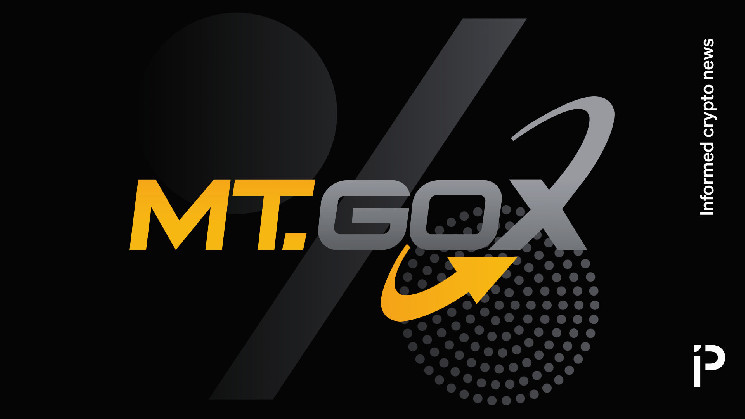The wealth distribution in the Mt. Gox bankruptcy estate seemingly mirrors the wealth distribution seen in ‘real life.’ That’s to say, the top 1% own the most bitcoin. This unremarkable statement, however, is a little less descriptive of the Mt. Gox reality than it initially seems.
Before long-awaited payouts commenced this summer, one researcher estimated that the top 1% of Mt. Gox creditors were entitled to the vast majority of its recovery. In the subsequent two years, however, some settlements and negotiations have added some nuance to this sensational claim.
Most importantly, there have been years of settlement agreements between victims and institutional buyers. Fortress Investment Group, for example, offered cash payouts for up to 80% of victims’ lost bitcoin. In exchange, those victims signed over their payout rights. As Fortress and other institutional buyers signed settlement agreements, their entitlements skewed Mt. Gox wealth distribution toward the 1% quantile.
This wealth concentration, however, simply reflected the voluntary settlements of individuals to surrender their bitcoin to an institutional investor, in exchange for a cash payout.
Moreover, there is a single entity, CoinLab, that once filed a lawsuit for $16 billion against Mt. Gox — far exceeding the total value of the estate. There are also other large claimants to Mt. Gox bitcoin, such as Bitcoinica, and Kraken which filed omnibus claims on behalf of many customers.
Kraken founder Jesse Powell, who worked alongside Roger Ver in person while Mark Karpelès was struggling to keep Mt. Gox afloat, later created a portal that assisted thousands of its customers to file claims.
In short, the bitcoin that trustees are paying out of Mt. Gox’s estate this summer is certainly following a typical wealth distribution — i.e. the vast majority bitcoin is disbursing to the wealthiest people — but it’s not woefully unfair.
Specifically, Galaxy Research estimates that cash settlement funds — that have already paid individual victims — will receive approximately 20,000 of this summer’s 95,000-bitcoin payout. Next, Bitcoinica will receive approximately 10,000 bitcoin. The remaining 65,000 coins will go to individuals.
Read more: Who owns Mt. Gox claims to billions of dollars in bitcoin?
Mt. Gox’s massive bitcoin bankruptcy
Mark Karpelès’ Mt. Gox bitcoin exchange went bankrupt in February 2014. Once boasting 1.1 million customers, less than 2% of those people filed formal claims of loss by 2015.
A few were able to withdraw prior to the collapse. Many simply lost hope in ever seeing recovery. Despite the understandably despondent reaction of victims, payouts are finally beginning this year in earnest.
When the exchange went under, it had over 850,000 bitcoin. Some estimates put the figure as high as 940,000 coins. To their dismay, however, customers soon learned that Russian hackers Alexey Bilyuchenko and Aleksandr Verner stole at least 647,000 bitcoins during Mt. Gox’s lifetime — the vast majority of the exchange’s peak balance.
Bankruptcy trustees have only been able to recover roughly 15% of Mt. Gox’s original holdings. Nevertheless, the price of bitcoin has increased by over 100X since the bankruptcy, so victims will still receive more USD value than they originally lost in February 2014.
Fewer than 100,000 bitcoins will be disbursed to claimants during the current payout period.
 protos.com
protos.com
